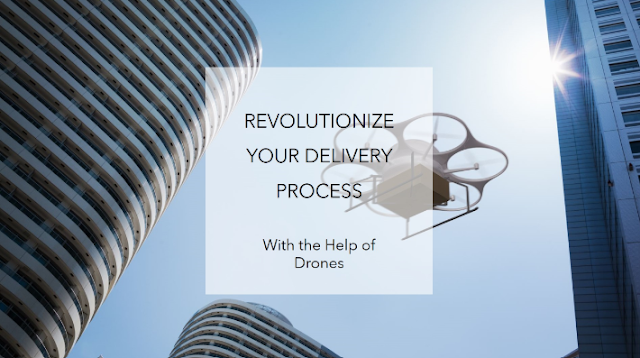Some dangerous emergencies that occur in the helicopters at sea:
- Helicopter crashing into the sea: This can be caused by broken machines, errors made by the pilot, or bad weather conditions. The helicopters will definitely sink because helicopters are not designed to float.
- Hypothermia which occurs when helicopter passengers and crew drown in the water as a result of the helicopter falling into the water
- A medical emergency that occurs when a helicopter passenger or crew experiences a critical condition due to an accident or health problems
To escape from the helicopter when an emergency happens, we need the knowledge about:
- Check-in/boarding procedures
- Helicopter Safety Requirements
- Safety Equipment
- Helicopter Emergency
- Hazards during emergencies
- Pre-ditching checks / Actions after ditching
- Surface and Underwater Escape
- Sea Survival Techniques
Some ways to increase our chances of surviving from an emergency that occurs in a helicopter at sea:
* Before flight:
- Safety Procedures In Helicopters: All persons in the helicopters must be provided with information regarding Safety Procedures in helicopters and they must comply with them
- Use proper PPE: Life jackets, SCBA / EBS and others
* When an emergency occurs:
- Be in a calm condition because panic can interfere with our abilities to save ourselves. Take proper breaths and focus on our hearing and mind to listen and obey the instructions given by the Rescue Team.
- Ensure that the right PPEs are used
- Be ready to face the impact by conducting the position determined by the Safety Procedures
- Escape from the helicopter through the emergency exit
- Hold onto a floating stable object for protection and increase the chance of being seen by other ships, helicopters, and Rescue Teams
- Gather together and create groups to save energy in the body and be seen by the Rescue Team
- Use Signaling Tools to attract attention
- Consume food and water that have been prepared before flying. Tips: Instead of drinking seawater, it's better to drink rainwater.
Warning:
The method above should only be used for educational purposes and should not be used as a substitute for Safety Training!
***
Hello! I am Astrid Amalia, a founder of GWB (GlobalWide Business) at https://globalwidebusiness.blogspot.com.
I write about many things, including #Fire, #Safety, #Survival, #Training, #Course, #Oil, #Gas, #Emergency, #Offshore, #Onshore, #Rescue, #Security, #Digital, #Online, #Education, #Leadership, #Collaboration, #Innovation, #Excellence, #Technology, #Health, #Yoga, #Social, #Life, #Mental, #Business, #DJI, #Drone, #AI, #Robot, and more.
Do you have any questions or do you want to have a good discussion? Find out more about me in Linktree: astrid.amalia
Note: Image by Microsoft Designer.





